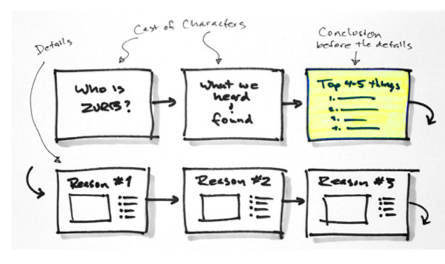Uses
- Helps us communicate ideas and concepts more clearly and creatively.
- Helps to energize the group process through drawing or using post-it notes.
- Helps us identify patterns, gaps, and connections that are often hidden in verbal or written dialogue.
Description

Visual thinking includes three types of imagery: images we see, images we imagine, and images that we draw or sketch.[1] Visual thinking allows us go beyond the limitation of words, which can be misunderstood or misconstrued; drawings or diagrams elicit the kinds of questions that help develop a shared literacy. Visual thinking includes drawings, diagrams, storyboards, use of post-it notes, collages, cut-outs and doodles. Visual thinking is not about artistry; it is about communication of ideas. So stick people work.
TIPS
- Just do it – do not hold back waiting for perfection.
- Feel free to move around different visual modes – if you are stuck on a sketch, then move to a magazine and rip out some relevant images.
[1] McKim, Robert. Experiences in Visual Thinking. P6. Brooks/Cole Publishing Company, Monterrey California, 1980.